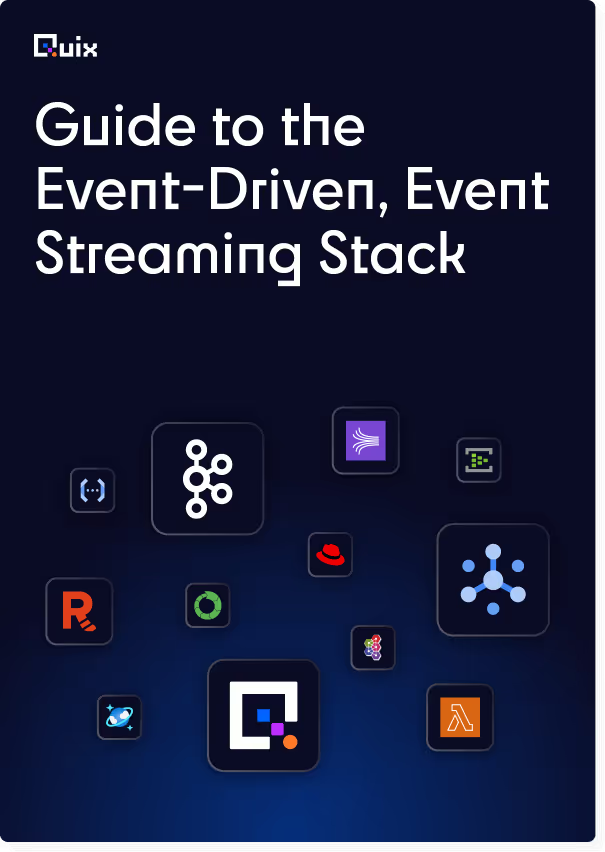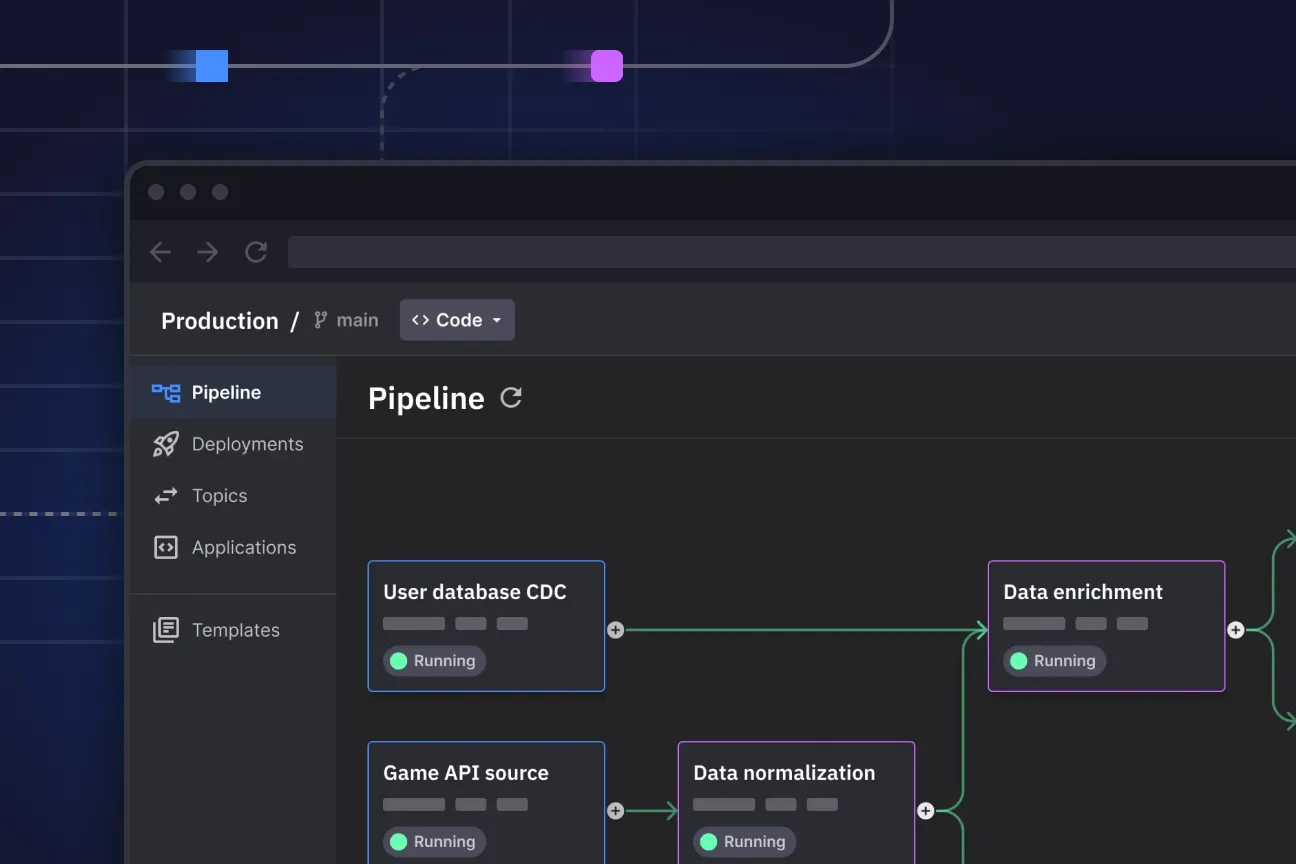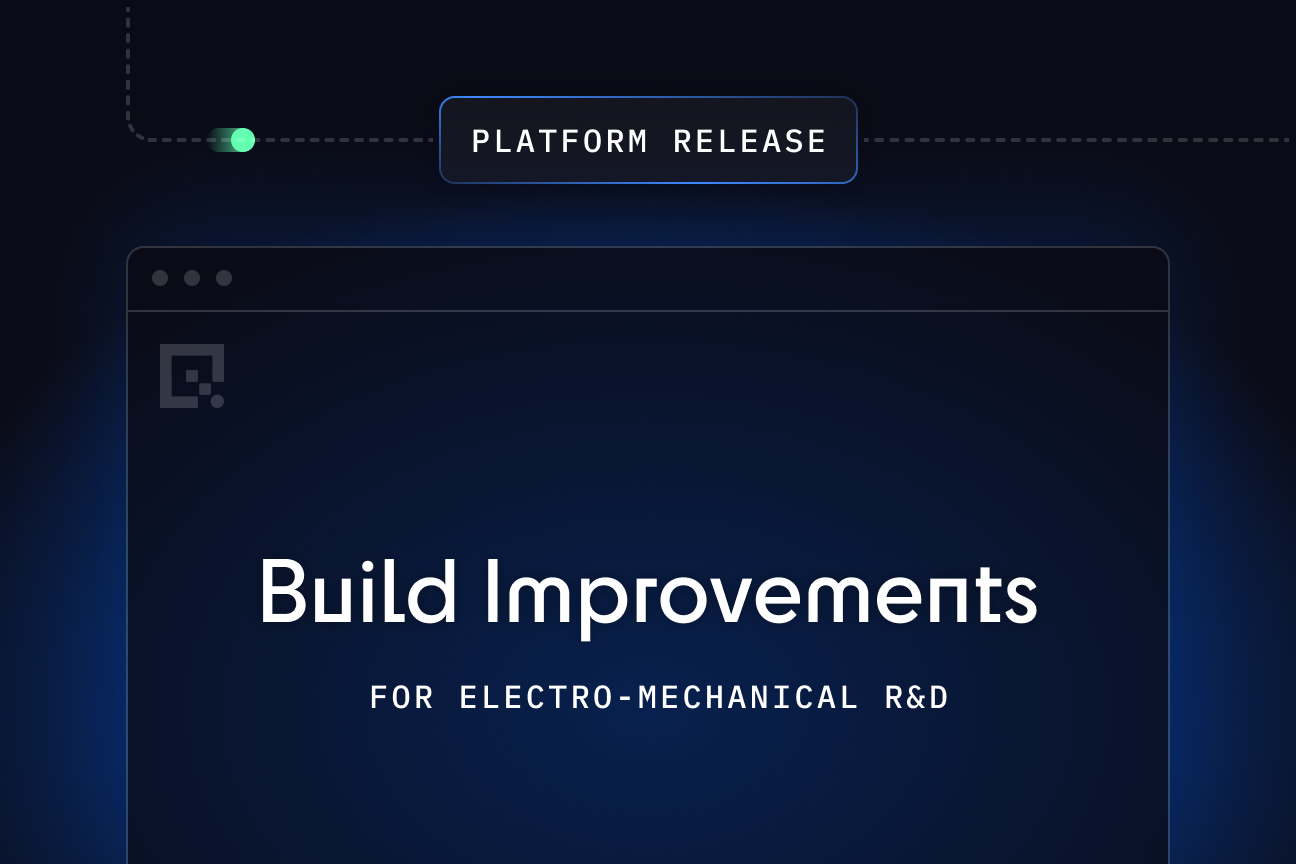Quix Cloud Private Registry release
Announcing Private Registry support in Quix Cloud! Now you can deploy images from your own private container registries.

New Features: Look! We Listened to Your Feedback
The platform devs have been super busy! No, it's not another "revolutionary" feature that nobody asked for - these are actually useful things that might make your life slightly better.
Private Container Registries: Sharing Isn't Always Caring
Remember that time you wanted to use your private container registry and had to jump through hoops like a circus performer? Yeah, we fixed that. Now you can deploy images from your own private registries without feeling like you're trying to hack into the Pentagon. Just configure your registry credentials in your org settings - BasicAuth or Token, take your pick.
.png)
Auxiliary Services: We're Not All DevOps Wizards
We've added a new "Services" section to the Application Library (because "Auxiliary Services" didn't fit on the nav 😅). Think of it as a buffet of pre-configured services - Redis, Prometheus, Grafana, and more. It's like having a DevOps team in a box, minus the coffee runs and standup meetings. Perfect for when you need to add monitoring or caching without writing a novel written in YAML.
.png)
Multiline FreeText: Because One Line Was Never Enough
You know that feeling when you're trying to paste a massive config block into a single-line input field? Yeah, we've all been there and so have our customers. Now you can actually use multiline text areas like any civilized human being. Perfect for those times when your configuration looks more like a Tolstoy novel than a simple key-value pair.
Clean Topics: Sometimes You Just Need a Fresh Start
Ever wanted to nuke all messages from a topic without actually nuking the topic itself? Now you can! It's like having a "reset" button for your messaging system. Great for testing, development, or when you just need to pretend those embarrassing test messages never happened.
The Usual Suspects: Bug Fixes and UX Improvements
We've also enhanced and fixed a bunch of stuff that was probably driving you nuts (or maybe you never noticed!):
- Projects:
- Several UX improvements were applied to the YAML variables editor.
- Edit YAML button now automatically opens the code editor when triggered from a synchronization error.
- Fixed an issue where cancelling the creation of a Project Group would still create it.
- Fixed a bug where default values for project variables were not always shown properly in the variables list.
- Applications:
- Added support for default State configuration in Library items (Connectors, Services and Templates).
- Resolved an issue where users could run applications via the Run button in the Online IDE without setting required secrets.
- Online IDE now correctly fails application updates that introduce duplicated variables, preventing invalid configuration in `app.yaml`.
- Deployments:
- Improved the visibility of errors for Failed deployments directly in the UI. Now, when a deployment fails, a clear retry button and informative hover hints are displayed.
- Added the ability to directly Edit Variable from the Deployment detail page with just one click, streamlining your workflow and improving efficiency.
- Improved deployment metrics with faster updates and better support for multiple clusters.
- Added an option to start new deployments in a "Stopped" state by default when syncing environments. This allows users to manually start deployments when they’re ready.
- Fixed an issue where applications using library items with required secrets could be deployed or run without those secrets being provided.
- Resolved an issue where deployment logs were not available after a deployment crash.
- Fixed an issue where downloading logs from real-time logs did not select the correct replica.
- Fixed a bug where deployments proceeded even when required secrets were missing, ensuring deployments now fail gracefully with appropriate validation.
- Topics: Better retention time formatting (This makes things a little easier to read)
- Topics:
- Updated retention time formatting: decimals are removed, durations over 24 hours are shown as "X days Y hours", and durations over 2 days are rounded to "X days".
- Fixed incorrect linked topic validation when deploying Library items.
- Other:
- Added CLI support for managing cloud secrets, offering the same functionality that is available in the Quix Cloud.
- Improved the UX of form errors and hints, ensuring consistent spacing and alignment for better readability and a cleaner look when multiple errors are displayed.
- Updated font weights across the platform for better alignment with the design guidelines.
- Cluster ping times are now more accurate by using a faster and lighter health check method.
- Improved system stability by addressing socket exhaustion issues caused by excessive or long-running backend calls. This helps prevent connection limits and ensures more reliable performance.
- Fixed overflow issue in the cluster dropdown to prevent UI clipping of long text values.
CLI Support for Cloud Secrets: GUI is for Noobs!
For all you terminal warriors out there, we've added CLI support for managing cloud secrets. Now you can manage your secrets without ever leaving your terminal. Just don't forget to close your laptop when you're done - we don't need any more "accidental" secret leaks.
The Bottom Line
These updates might not be as exciting as the latest JavaScript framework, but they'll actually make your life easier. And isn't that what we all want? Less time fighting with tools, more time writing code that actually matters.
Now go forth and deploy with confidence (or at least slightly less anxiety).

Check out the repo
Our Python client library is open source, and brings DataFrames and the Python ecosystem to stream processing.

Interested in Quix Cloud?
Take a look around and explore the features of our platform.

Interested in Quix Cloud?
Take a look around and explore the features of our platform.

.svg)





